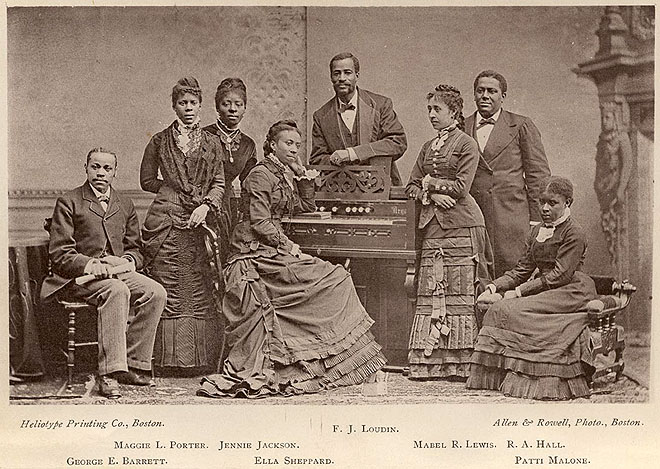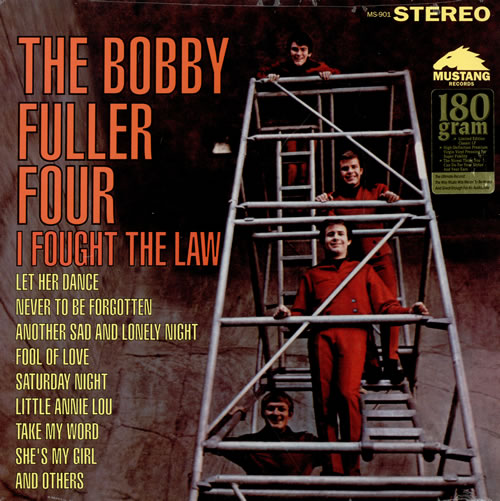
Bobby Fuller Four Courtesy eil.com
Ah, but you who philosophize disgrace and criticize all fears, bury the rag deep in your face, for now is the time for your tears. — Bob Dylan, “The Lonesome Death of Hattie Carroll.”
Some people think it’s foolish and even immoral to “fight the law.” That may be true often enough. But America’s First Amendment is crucially about the freedom to dissent.
Political or social dissent is old, at least as old as Jesus Christ, or Socrates. Both were executed for embodying it. Remember Christ rampaging through The Temple to chase out the sellers and moneylenders (who worked in a temple section deemed legal for commerce)? Christ defied the Roman law and, as we know, the law won — over his corporal, crucified body. But he hastened immeasurably the demise of the corrupt and oppressive Roman Empire, inspired a new world view building on The Golden Rule, and inspired a major religion (which many powerful men over time have too often turned into repressive power).
Fast-forward to 1965: Bobby Fuller records a hit version of Sonny Curtis’ song “I Fought the Law,” which to me was among the most compelling and fascinating songs on the cusp of the ’60s youth revolution. It conveyed a troubling and intriguing ambiguity in its moral stance. Despite the apparent finality and concession of the refrain,” I fought the law, and the law won,” one sensed a strong streak of defiance and sorrow in the song performance and the overall lyric.
As we should know by now, just because a law is legal doesn’t mean it is morally right or just.
In light of Christ’s defiant, zealous act of law-breaking, 1 we might consider the cases of Michael Brown, Eric Garner and Dontre Hamilton. Sure, there was no apparent high-mindedness in their resistance to the police, by contrast to Christ’s trashing the temple market to clean out the filthy lucre. But they all reacted and somewhat resisted. The most law-and-order-minded say, “That’s what you get when you don’t obey to the police.”
But what of civil rights and dissent? Wasn’t their reaction also the fatigue of 200 years of American oppression of its own people of color, which virtually all black persons, no matter their station in life, seem to endure at some point in their life? The modern fatigue unto death hearkens to, among many others, the killings of Hattie Carroll, Emmett Till and to three young girls in a bombed Alabama church in 1963. The stats on unconstitutional racial-profiling tell the sad story:http://www.civilrights.org/publications/reports/racial-profiling2011/the-reality-of-racial.html As African-American Milwaukee Journal-Sentinel editorial columnist James Causey noted recently: “I’ve been stopped numerous times for DWB (driving while black).”
In other words, you could say Michael Brown was approached for “jaywalking while black.” Garner for allegedly “peddling while black.” Police approached and frisked him about selling loose, untaxed cigarettes. “I’m tired of this,” an agitated Garner says on the video of his killing. “I didn’t do nothin, I didn’t sell nothin, I’m minding my own business. You’re harassing me…Don’t touch me… (and finally) I can’t breathe, I can’t breathe…”
And the depth of pathos: Dontre Hamilton was guilty of “sleeping while black,” in a Milwaukee park.
I understand the element of self-defense in the argument for police response. But in all three cases, the police violence far exceeded “self-defense.” They should’ve disarmed or controlled their victims without killing them, with injuring shots or, better, martial arts techniques. Brown was repeatedly shot after fleeing 150 feet away, then surrendering.

Michael Brown’s body left for hours in the Ferguson street. Courtesy dailykos.com
The New York police officer’s choke hold on Garner was illegal, by the department’s rules. And yet he remains uncharged with any offense.
Yes, Hamilton — startled from his sleep — allegedly got a hold of Officer Christopher Manney’s billy club and hit him once in the neck. 2 But then Manney slaughtered him with 14 close-range shots, half of which the cop emptied into Hamilton’s body after he had fallen.
Nanci Griffith’s 1997 cover of “I Fought the Law” (in which songwriter Curtis arranged and sang harmony), which I first heard this year, got me thinking about the lyric again.

Nanci Griffith By Collin Peterson, popmatters.com
Of course, iconic punk bands — the brilliantly political group The Clash, and Green Day — had covered the song previously. But Griffin showed that the song’s complex sentiment or defiance could be shared by a performer who can’t be accused of copping a lawless macho guy stance. 3
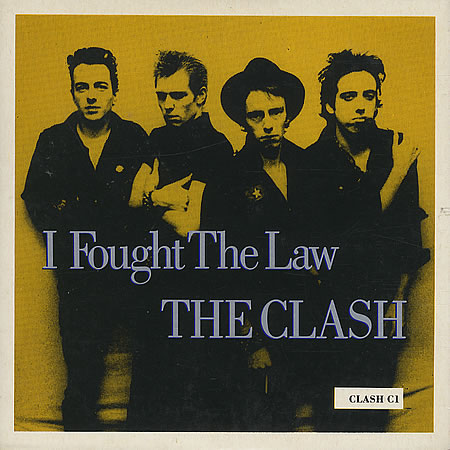
The Clash Cortesy musicstack.com
Then, when I read recently about a comedian-songwriter who wrote and performed a racist send-up of Michael Brown’s death, based on the old hit “Bad, Bad Leroy Brown,” I felt even greater pain: Staged laughter in light of Brown’s death and by extension Eric Garner’s and Dontre Hamilton’s, in my hometown of Milwaukee.
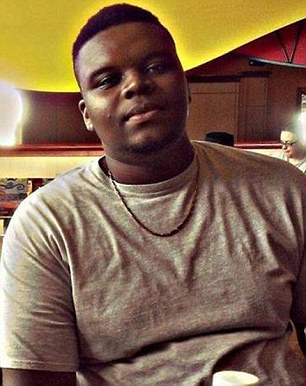
Michael Brown Courtesy dailymail.com
The comedian-songwriter showed how art can be abused in a way that is at least morally questionable.
So I’m trying to redo the role of lyric writing as topical adaptation. The other morning, while washing the dishes, “I Fought the Law” began running through my mind and I thought of Brown, Garner and Hamilton, who all ” fought the law” to an extent, in defending their civil rights in seemingly unwarranted aggressive police confrontations (for Brown, due to a petty jaywalking infraction). And the “law won.” The young men lost their lives. (Weirdly enough, singer Bobby Fuller also lost his life at age 23, shortly after recording the song.) 4

Eric Garner and family Courtesy mediablackoutusa.com
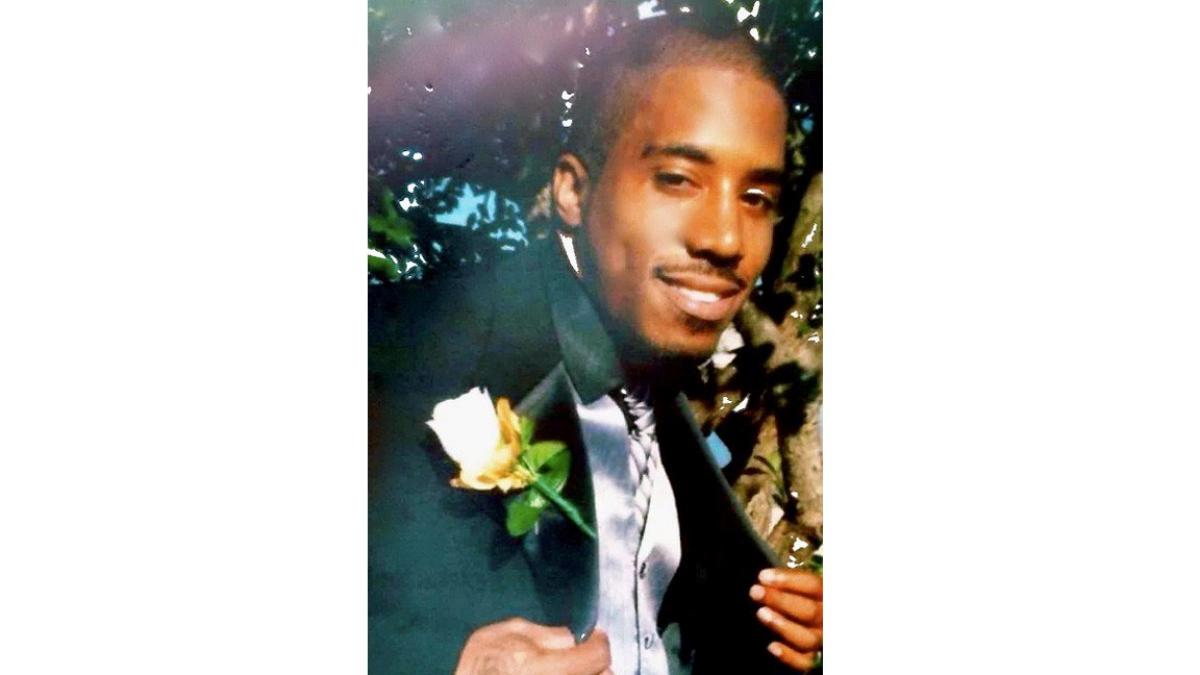
Dontre Hamilton. Courtesy bet.com
But in Curtis’ song, the protagonist ends up only “breaking rocks in the hot sun.” These days, that’s what a black man often ends up doing if he is caught with a few joints of pot, in most states.
More and more, if a black man objects to overly aggressive police profiling or frisking, he ends up riddled with bullets or strangled to death.
What makes Curtis’s song fair-minded as much as morally questioning, is that the refrain repeatedly acknowledges that the prisoner (or victim, in my version) crossed the line of resisting police — regardless of how justified the confrontation — thus opening the door to violent police action.
So the beginning of my new lyric — recasting and updating the song — began filtering through my brain. Before reflexively politically correct readers start twitching, please understand this is all written in the spirit of pure irony. There’s no making light of these deaths here. I carry a deeply heavy heart over profoundly troubling legal decisions — of three possible homicides by police officers on unarmed young black men — that were never allowed to go to trial, after being tightly controlled by prosecuting DAs with compromised positions, as regular representatives for police officers vs. alleged criminals.
The pertinent reminder — of the questioning gadfly Socrates in an established democracy — is the role of dissent by a citizen, by moral stance or ballot box or, of Christ, by protest.
Rev. Martin Luther King Jr. shrewdly toned the protest principle down to non-violence. Entwine this with the principle of “do unto others…” (none of these moral leaders would condone revenge looting, destruction, or killing). Otherwise, oppressive power will dig in its heels, and ride the status quo to maintain control or profit, on their terms.
For far too long, this nation has become increasingly like Kafka’s Amerika, where the victims of “official” violence and their families never receive full due process or clarification on their deaths or incarceration. This is not the people’s America, of liberty, civil rights and democracy-inspired due process, which we know and strive to still love.
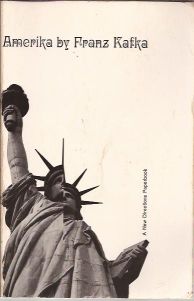
Franz Kafka’s novel Amerika, Courtesy dogeardiary.blogspoy.com
Here’s a new song lyric, to be read or sung, to the melody of Sonny Curtis’ “I Fought the Law”:
“I Fought the Law (Brother Dead and Done)”
Part 1. The Ghost of Michael Brown:
My corpse gushed blood in the hot sun.
I fought the law and the law won
I fought the law and the law won.
I reached for the cop; wasn’t smart I know,
I fought the law and the law won (repeat line)
I left my family and it feels so bad
Guess my life is done.
This was the best life I ever had
I fought the law and the law won (repeat…all ensuing ellipses indicate a line to repeat.)
We walked in the street just for damn fun,
I fought the law and the law won…
I lost my future when I sur-ren-dered.
I fought the law and the law won…
Me and my blood on the hard mean streets
They let-the-red run and run.
What do they care what’s under their feet
I fought the law, brother dead and done
I fought the law, brother dead ‘n gone!
Part 2. The Ghost of Eric Garner:
He choked me to death in the hot sun
I fought the law and the law won…
I needed money cuz I had none
I fought the law and the law won…
I sold a few cigs to feed my brood,
I lost my breath, and he knew.
My life drained out and cops stared and stood
I fought the law and the law won…
Resist a cop and they snuff you out
I fought the law and the law won…
I lost my life, they say what’s done is done.
I fought the law and the law won …
But play that video back,
Strong-armed death, no gun.
Dead father thrown on a rollin’ rack,
I fought the law, brother dead n’ done.
I fought the law, brother dead n’ gone.
“There’s a very decent chance that his life could have been saved if he had just been thought of as a full human being.” — New York Daily News Columnist Harry Seigel (see footnote 5 below)
Part 3. The Ghost of Dontre Hamilton:
Dreamin’ of food in the cold park night
I fought the law and the law won…
Deep in sleep, I woke with a fright
I fought the law and the law won …
A cop grabbed me, and it felt so bad
I got his club and swung,
That’s the best life I ever had
I fought the law and the law won…
I’m sick in my head do anyone care?
I fought the law and the law won…
I lost my dream, just the little I dare
I fought the law and the law won…
I done nothin’ the other cops they knew
my corpse with fourteen holes,
The best life I ever could have?
I fought the law, brother dead and done
I fought the law, brother dead n’ gone! 6
***
Here’s my song lyric inspiration:
I Fought the Law by Sonny Curtis
Breakin’ rocks in the hot sun
I fought the law and the law won
I fought the law and the law won
I needed money ’cause I had none
I fought the law and the law won
I fought the law and the law won
I left my baby and it feels so bad
Guess my race is run
She’s the best girl that I ever had
I fought the law and the law won
I fought the law and the
Robbin’ people with a six-gun
I fought the law and the law won
I fought the law and the law won
I lost my girl and I lost my fun
I fought the law and the law won
I fought the law and the law won
I left my baby and it feels so bad
Guess my race is run
She’s the best girl that I ever had
I fought the law and the law won
I fought the law and the law won
I fought the law and the law won
I fought the law and the law won
I fought the law and the law won
I fought the law and the law won…7
____________
1 Jesus Christ’s zeal for dissent is brilliantly explored in Reza Aslan’s book Zealot: The Life and Times of Jesus of Nazareth, recently published in paperback.
2. The Shepherd Express reports that, according to Hamilton’s family, “Dontre’s DNA — not Manney’s — was found on the short end of the baton, where the handle is located. The state Crime Lab report offers no information about any DNA found on the long end of the baton. “We’re thinking that if Dontre had hit Christopher Manny, his DNA would be on it,” Nate Hamilton said.https://expressmilwaukee.com/article-permalink-24657.html
3. Sonny Curtis, of Buddy Holly’s band The Crickets, first recorded his song “I Fought the Law” with the band in 1958 shortly after Buddy Holly’s death. The Crickets’ original conveys the rawest rock ‘n’ roll edge, though the version by The Clash rivals it more self-consciously, on an EP and on the American version of their eponymous debut album. Beyond the heyday of the punk era, The Clash version has had a long and diverse life, in video games, movies and even used by US military to bolster troop morale.
Nanci Griffith’s freshly-resonant and under-noticed cover of “I Fought the Law,” with composer Curtis, is on her album Blue Roses from the Moons.
That all said, Fuller’s 1965 re-make catches a rollicking dance groove (check out the go-go action), and the band nails the “six-gun” effect. Here, it sounds like Curtis wrote it for Fuller’s anthemic voice. You can hear and feel why it was the biggest hit. https://www.youtube.com/watch?v=OgtQj8O92eI&list=RDOgtQj8O92eI#t=54
4 Just six months after the song made its first appearance on the Billboard Top 100 chart, Bobby Fuller was found dead from asphyxiation in his mother’s car in a parking lot near his Los Angeles, California apartment. The Los Angeles Police Department declared the death an apparent suicide, but others believed him to have been murdered. Fuller was 23 years old. http://en.wikipedia.org/wiki/I_Fought_the_Law
Watch this program on Fuller’s death, officially changed by police from a “suicide” to “accidental” (allowing a big insurance policy to be collected on). The case stinks to high heaven of murder, the mob and L. A. police cover-up: https://www.youtube.com/watch?v=w29I_-1OElQ
5. Watch this video of Eric Garner’s killing from the program “Democracy Now”: https://www.youtube.com/watch?v=g-xHqf1BVE4#t=105
My first thought in watching this was, why didn’t any officer or EMT give Garner CPR? As the prone Garner loses consciousness, you watch the police standing around or holding his hands behind him even though he’s handcuffed. Another officer ineffectually pokes at his side and shoulder. At one point, the officer who choked him waves to the camera. After five minutes, an EMT arrives but only feels Garner’s pulse and determines he’s still alive, but does no more. I wasn’t the only one wondering about CPR. A woman on the video asks the police about CPR. They shoo her away. New York Daily News columnist Harry Siegel addresses the CPR issue in this transcript from Amy Goodman’s “Democracy Now” program. Goodman says that — after the choke-hold take down — watching the police do nothing while Garner’s life ebbs away brought her to tears:
AMY GOODMAN: They were saying, “Why don’t you give him CPR?” That’s what she was saying.
HARRY SIEGEL: Yes. And they’re saying, “Back up. Back up.” You know, they’re controlling the perimeter. “He needs air.” But they’re not doing anything to help this man breathe or determine if he needs that help. They’re just letting him lie there. And he doesn’t die on the ground. They put him in an ambulance, and he has a heart attack there and then dies. Like, after this chokehold, after that whole part of things, there’s a very decent chance that his life could have been saved if he had just been thought of as a full human being. http://www.truth-out.org/news/item/27867-did-the-nypd-let-eric-garner-die-video-shows-police-ignored-pleas-to-help-him-after-chokehold
6. Lyrics to “I Fought the Law, Brother Dead and Gone,” by Kevin Lynch, c. 2014.
7. http://www.lyricsfreak.com/c/clash/i+fought+the+law_20031691.html
By the way, the Zuus documentary on The Clash which accompanies these lyrics on this website, reveals the band’s urgent and remarkably well-considered political consciousness and activism.


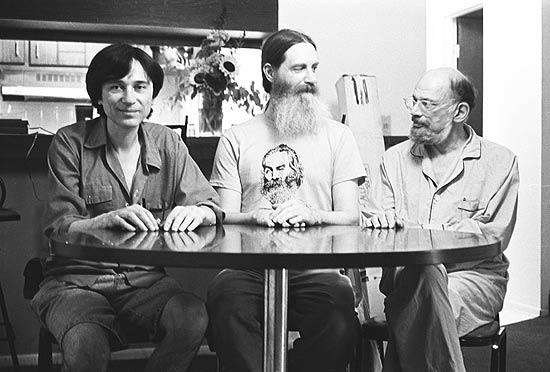 Jeff Poniewaz (left) is survived by his longtime partner, the poet Antler (center). They are shown here in a meeting with Allen Ginsberg. Courtesy
Jeff Poniewaz (left) is survived by his longtime partner, the poet Antler (center). They are shown here in a meeting with Allen Ginsberg. Courtesy 
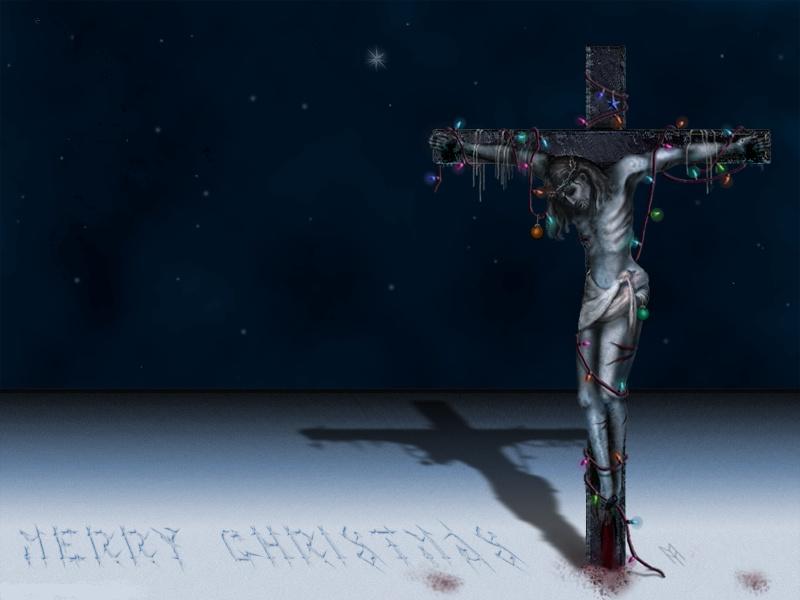 Image courtesy St. Nicholas Eiscopal Church, Hamilton,GA
Image courtesy St. Nicholas Eiscopal Church, Hamilton,GA 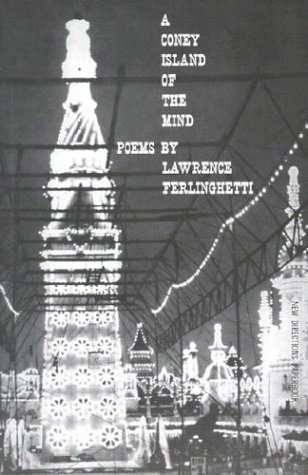
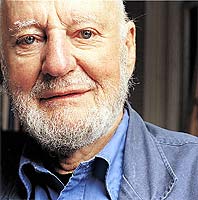 Lawrence Ferlinghetti, courtesy elpoetaocasional.blogspot.com
Lawrence Ferlinghetti, courtesy elpoetaocasional.blogspot.com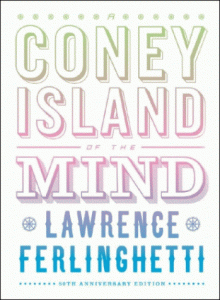



 The late Charlie Haden and Keith Jarrett recording “Last Dance.” Courtesy fiprado.com
The late Charlie Haden and Keith Jarrett recording “Last Dance.” Courtesy fiprado.com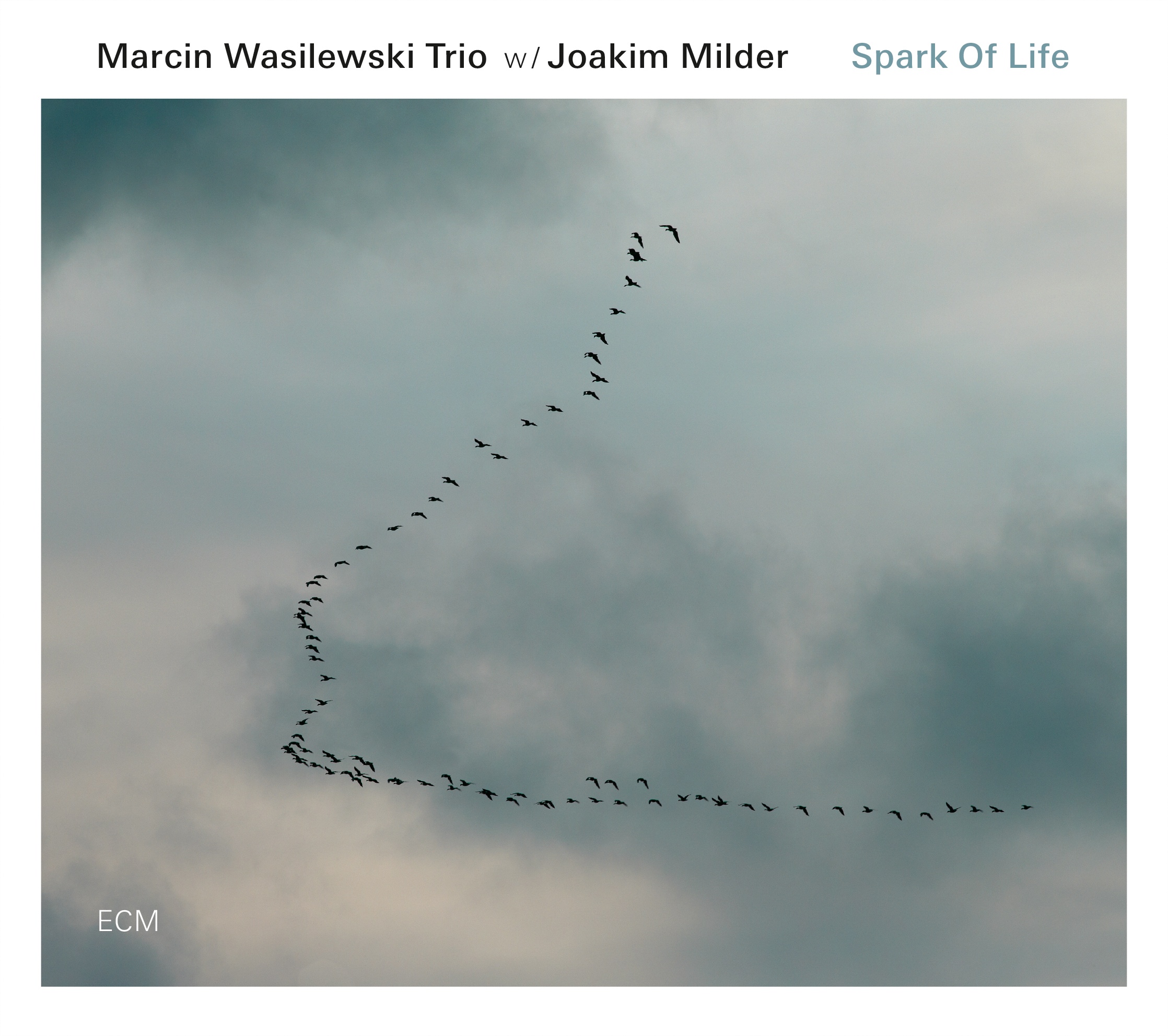
 Coltrane album image from Pitchfork.com
Coltrane album image from Pitchfork.com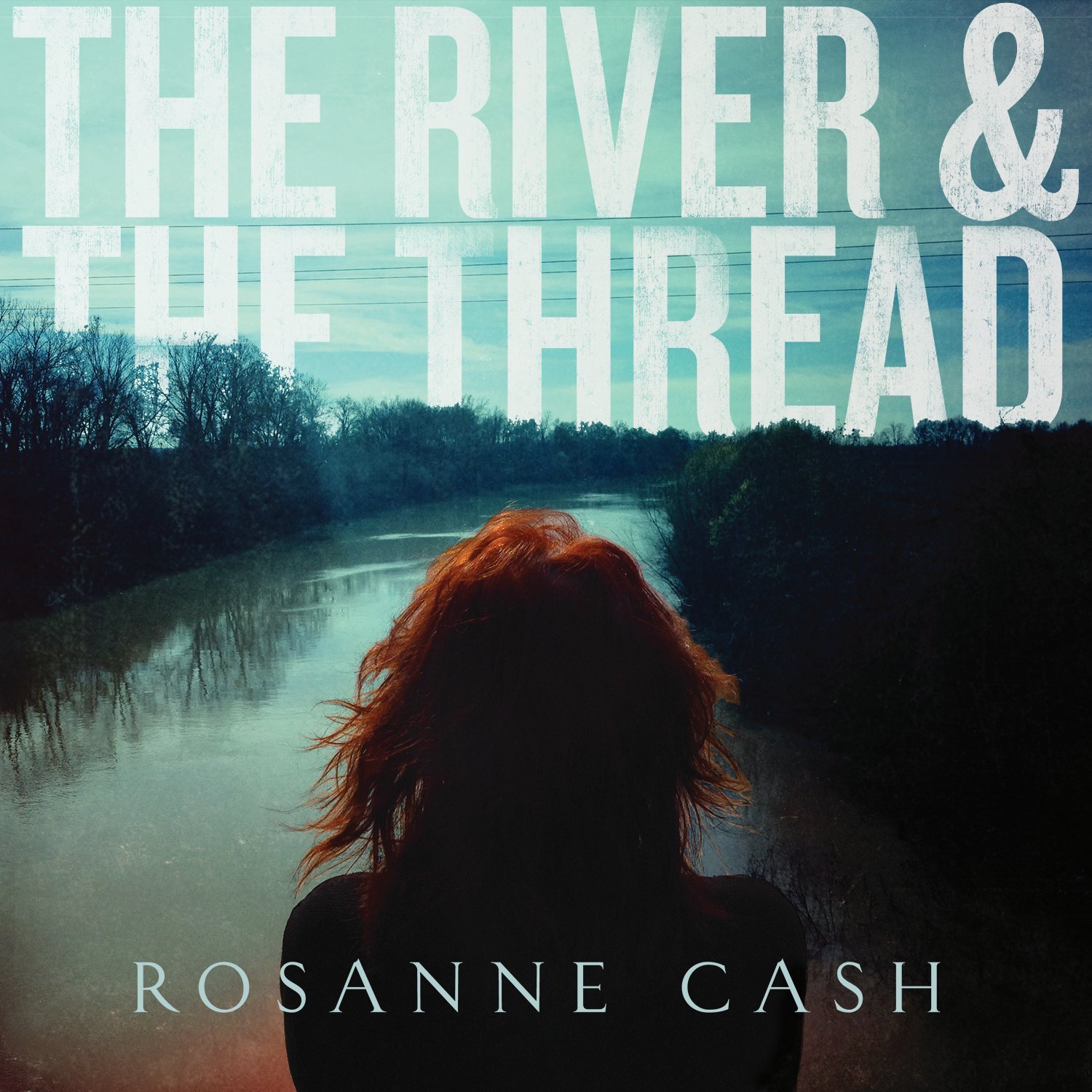 1. Rosanne Cash — The River and the Thread (Blue Note) My recent long road trip helped me relate to the perspective of traveling musicians. They roundaboutly get a manageable take on America, and points far beyond. Cash’s POV is among the best, among reflective, poetically inclined singer-songwriters. First, she deftly recast and personalized Norman MacLean’s metaphor of the river: “A feather’s not a bird/The rain is not the sea/A stone is not a mountain/but a river runs through me.”
1. Rosanne Cash — The River and the Thread (Blue Note) My recent long road trip helped me relate to the perspective of traveling musicians. They roundaboutly get a manageable take on America, and points far beyond. Cash’s POV is among the best, among reflective, poetically inclined singer-songwriters. First, she deftly recast and personalized Norman MacLean’s metaphor of the river: “A feather’s not a bird/The rain is not the sea/A stone is not a mountain/but a river runs through me.”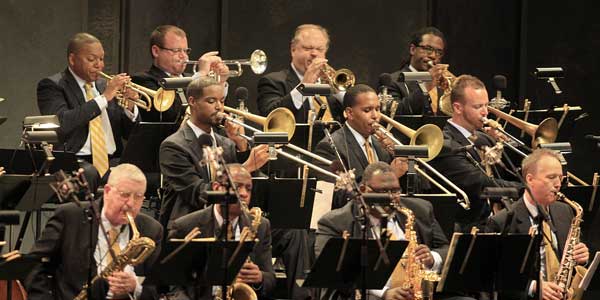 Despite his international renown, Wynton Marsalis (left, back row of trumpeters) was as generous with his band members as he was with his musical bag of seasonal goodies, for the “Big-Band Holiday” concert at the Marcus Center for the Performing Arts Monday night. Courtesy latimesblogs.com
Despite his international renown, Wynton Marsalis (left, back row of trumpeters) was as generous with his band members as he was with his musical bag of seasonal goodies, for the “Big-Band Holiday” concert at the Marcus Center for the Performing Arts Monday night. Courtesy latimesblogs.com Despite displaying influences and skills reminiscent of Sarah Vaughn and Betty Carter, award winning vocalist Cecile McLorin Salvant retained a personal identity while singing holiday songs with the Lincoln Center Jazz Orchestra. Courtesy allaboutjazz.com
Despite displaying influences and skills reminiscent of Sarah Vaughn and Betty Carter, award winning vocalist Cecile McLorin Salvant retained a personal identity while singing holiday songs with the Lincoln Center Jazz Orchestra. Courtesy allaboutjazz.com